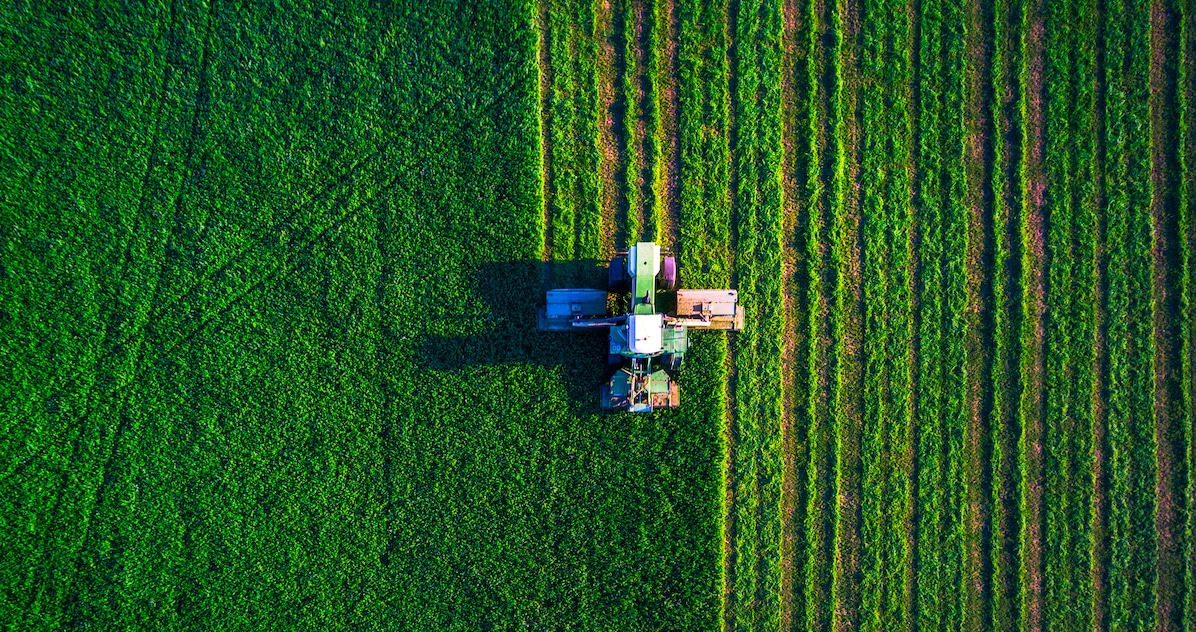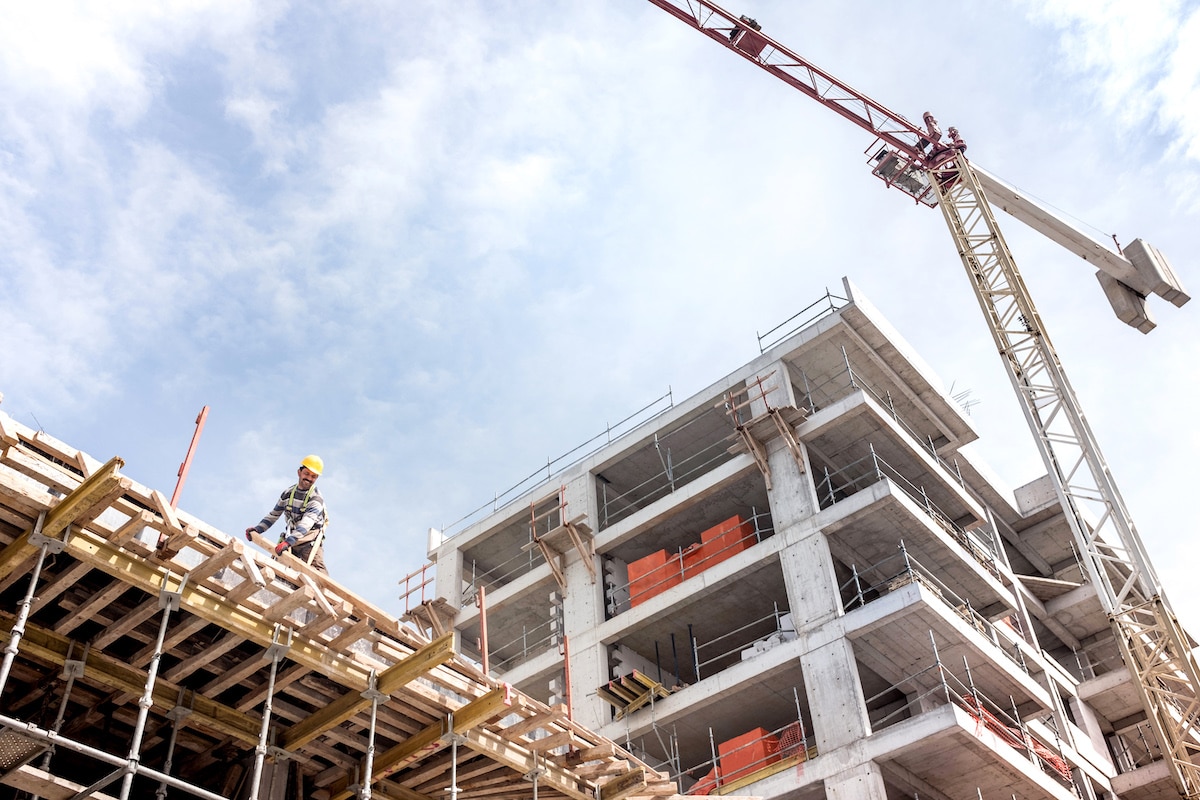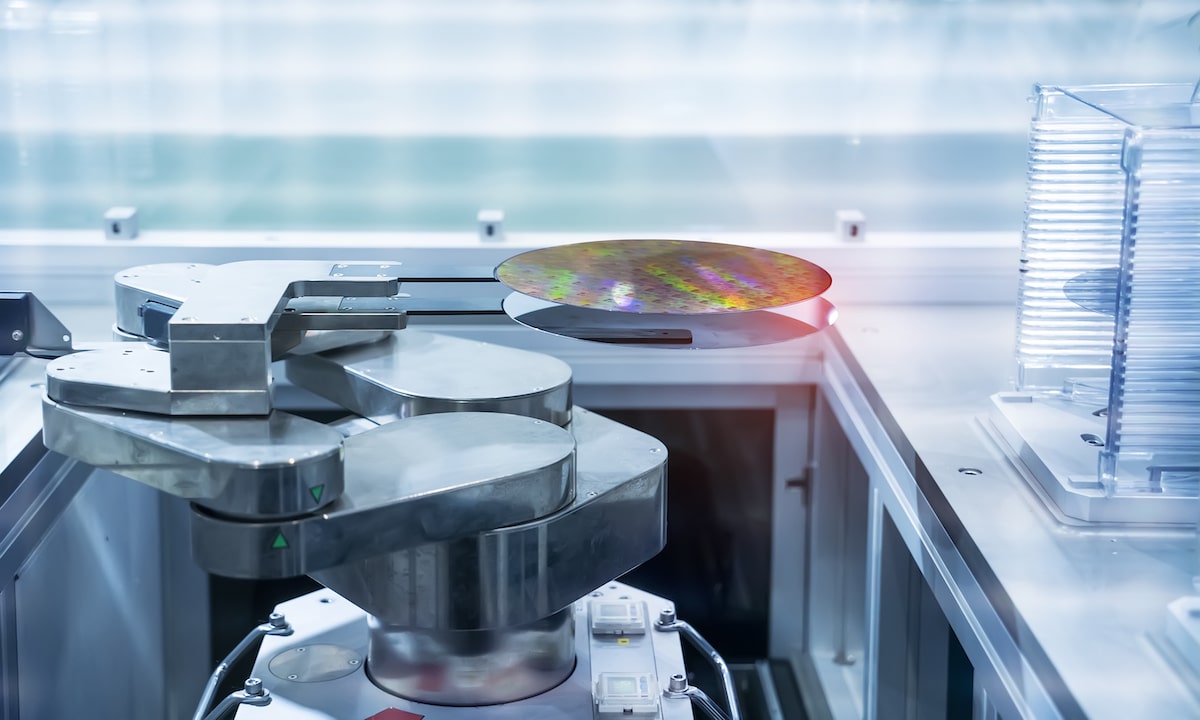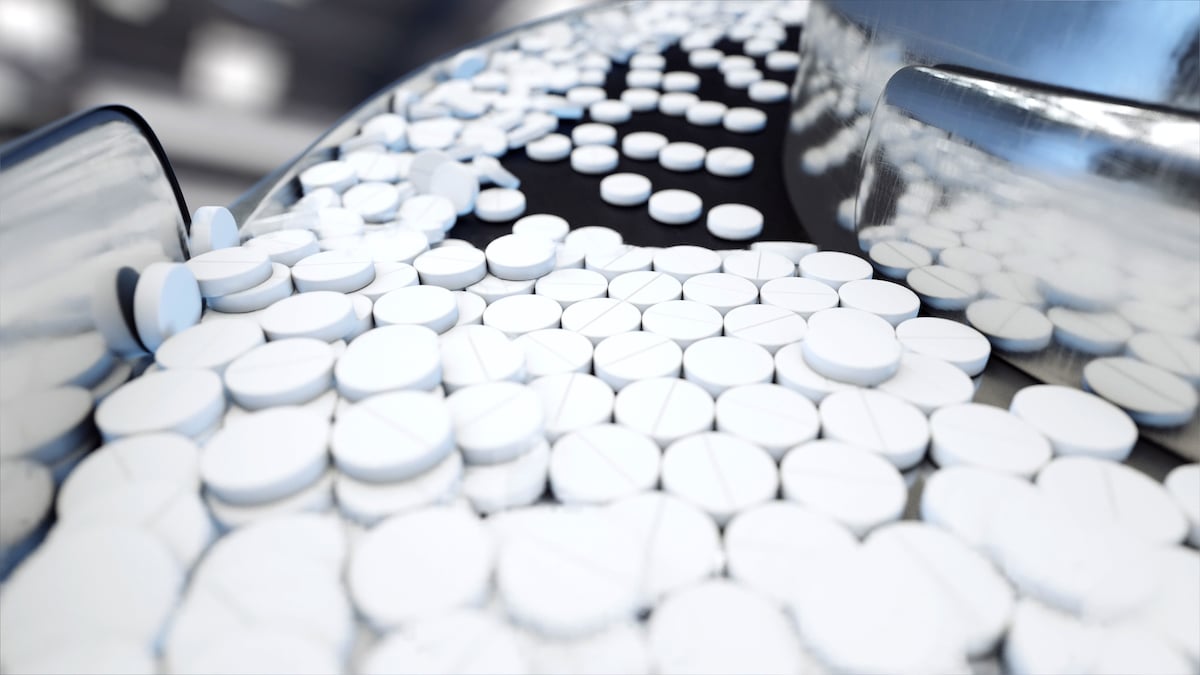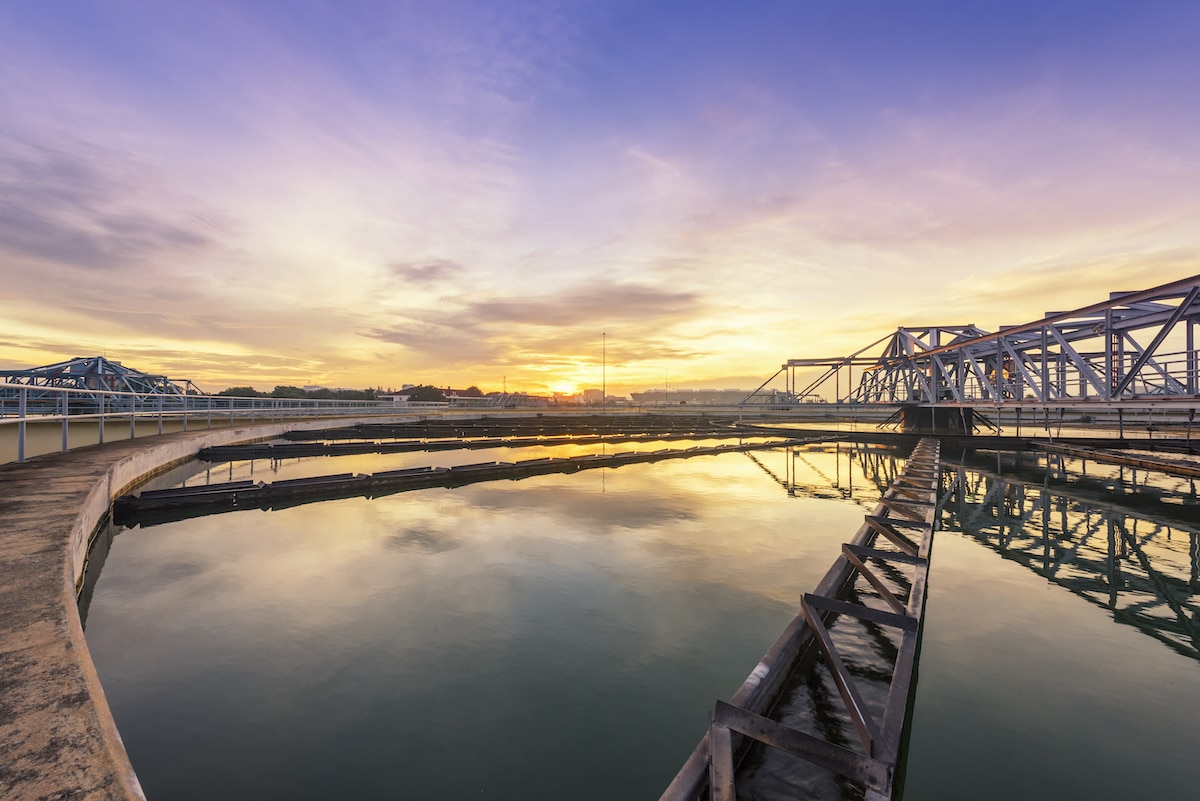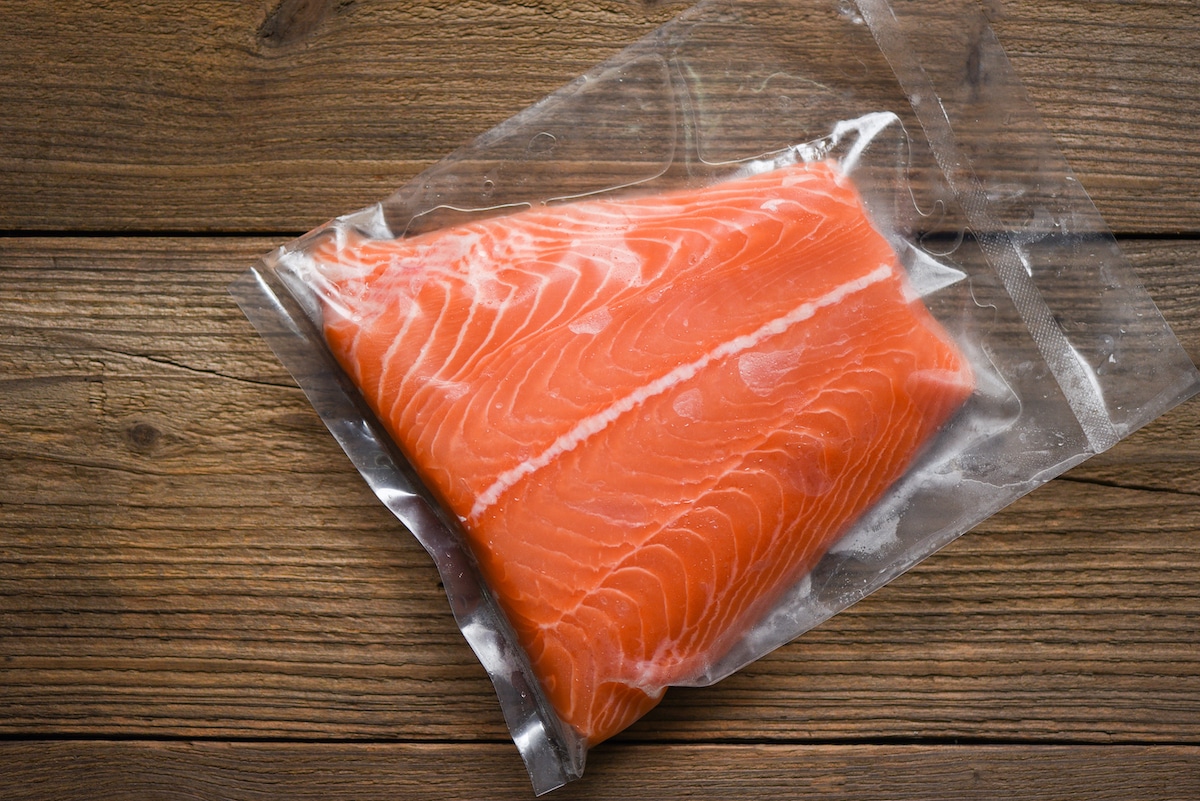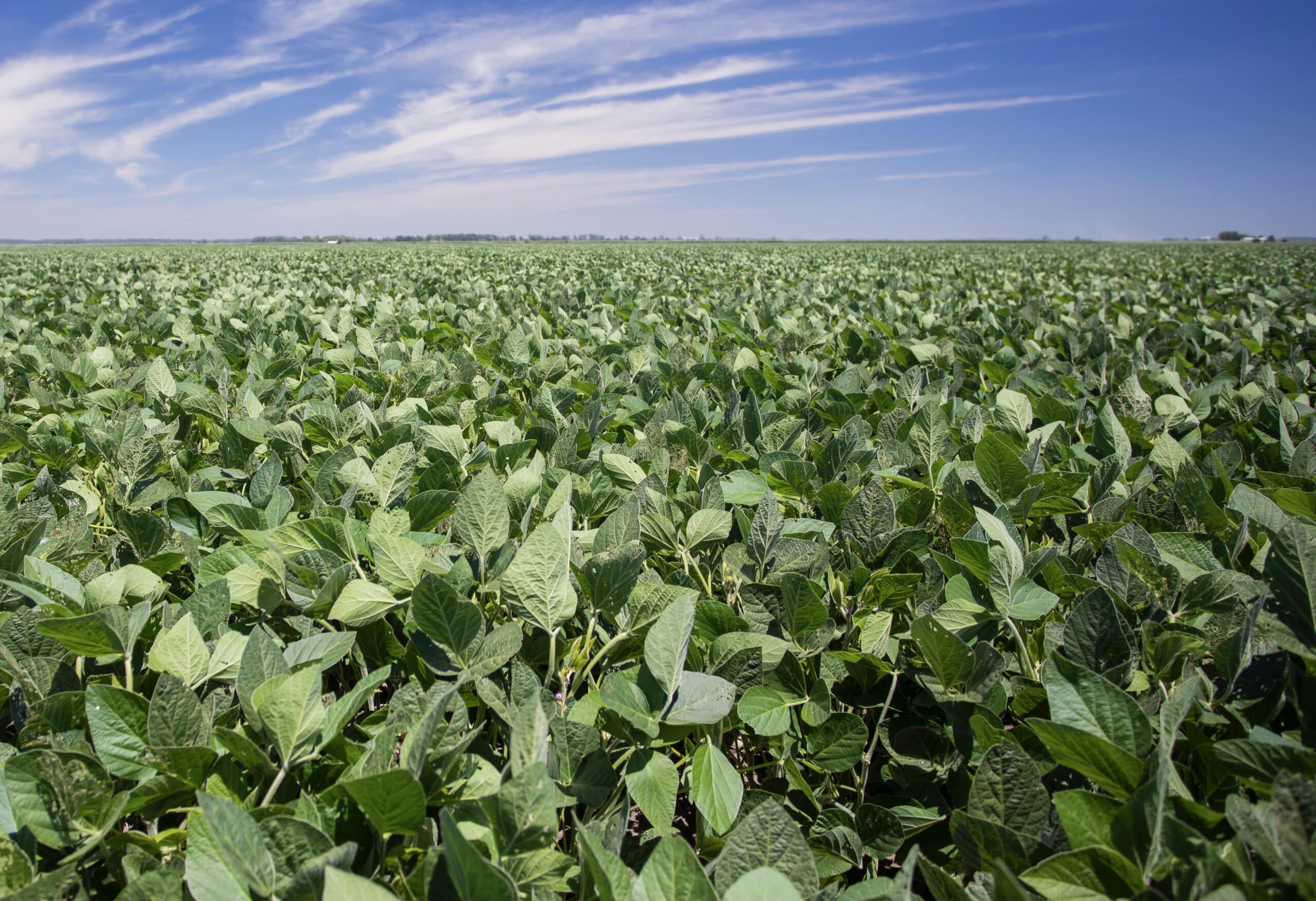The first half of the 2022 growing season was a story of haves and have-nots for the AdvanSix Supplement Your Soybeans (SYS) trial participants testing ammonium sulfate (AMS) applications in Michigan and Missouri. Those AMS applications have proven valuable in leveling the playing field — literally and figuratively — for two farmers’ 2022 AMS trial fields.
On one hand, Bryan Washburn’s farm received early season rainfall that helped get his soybean crop off on the right foot in Branch County, Michigan. On the other hand, though conditions didn’t hamper Marc Kaiser’s planting progress, Kaiser’s farm in Carroll County, Missouri faced a long stretch of dry growing conditions early in the summer with just a fraction of the normal rainfall. Fortunately, the tap has turned back on in north-central Missouri since then, positioning his trial field to surpass his 2021 trial yield level.
Managing the impact of rainfall disparities with AMS
Despite the irregular rhythm of the rainfall in both locations, both Washburn and Kaiser say their AMS trial fields show promising yield potential toward the end of the 2022 growing season. That’s due largely to both farmers providing pre-plant AMS applications to their trial fields.
“Our first rain after planting didn’t come until June 24. Our trial field got about 2 1/2 inches that day, then the field got another 3 inches over a two-day period soon after that,” said Kaiser, who’s in his second year in the SYS program. “Then we had nothing for a while, then another 2 inches in early August. Overall, though it was really dry to start the season, the rain has been generally perfect for our soybeans.”
In comparison to the 2021 growing season, the Washburn farm experienced very different weather conditions this year. Last year, more than 20 inches of rainfall during the growing season made raising a crop difficult enough as it was, let alone getting a feel for how AMS performed in his SYS trial. It’s a totally different story this year, with early-August conditions shaping up to get a much better feel for AMS’ performance this year, especially since Washburn was able to get his trial field planted relatively early this spring. “We planted this field May 1, and we’ve had pretty good growing conditions with timely rains,” Washburn said. “We just need a couple more rains to get the crop finished off.”
Creating a level playing field
Applying AMS has helped Washburn achieve consistency despite the influence of widely variable soil conditions on his soybean crop. The southern Michigan farm features a diversity of soil types and conditions from light, sandy soils to heavy, loamy clay and even “muck” soils, all of which absorb and retain water and nutrients differently from each other. In his 2022 AMS trial where he added 100 lbs./ac of AMS to a preplant potash and monoammonium phosphate application, Washburn created more consistency in crop conditions — specifically early soybean nodulation in the V3 and V4 growth stages — across a diversity of soil conditions.
“Soil type plays a large role in our ammonium sulfate recommendations. Sandy loam soils aren’t going to release sulfur, so I would like to see a rate closer to 100 pounds per acre of AMS on those fields. A heavier, clay soil is going to release a little more sulfur, so I would like to stay closer to that 50-pound per acre rate. Sulfur is extremely mobile in the soil,” said Washburns’ agronomist Kala Pierucki with Ceres Solutions in Coldwater, Michigan.
Unlike the challenges associated with different soil conditions for the Washburn farm, the main challenge for the Kaiser trial field is the inconsistent rainfall during the 2022 growing season. Kaiser continued a tiered approach with his AMS trial this year with applications of both 50-lbs./ac and 100-lbs./ac. He didn’t see much difference in plant foliage early in the growing season but scouting nodulation later on revealed the treated plants had begun the process much earlier despite the variability in rainfall, a testament to the value of AMS. “We’re looking at not only the sulfur but also the nitrogen that’s in AMS that helps with increased nodulation early on. It gives it an extra boost and enables plants to create nitrogen up to a certain level,” Kaiser said.” That leads to improved plant health through better water uptake and more efficient nutrient use.”
Late-season and harvest expectations
Looking through to harvest, Kaiser said he expects the combination of his early AMS application and opportune rains at key times later in the growing season will result in crop yields that surpass his 2021 SYS trial totals. Last year, his trial yielded an average of 88.5 bu/acre across two fields treated with AMS, and he said as of mid-August, those numbers could seem low when the combine runs this fall. “My agronomist told me that we’re in the 80s,” Kaiser said, adding the nine-bushel advantage he achieved in his SYS trial in 2021 equated to about an additional $100/acre in revenue, something he expects to repeat this year. “I think we’re going to have a much better average crop yield this year than last year.”
Given the relative balance in rainfall through the growing season and the early boost provided by AMS, Pierucki expects a similar yield bump in Washburns’ SYS trial this fall. “I would like to see an extra 10 bu/acre but it’s probably going to be closer to five,” she said. “A consistent yield improvement of 5 bu/acre is about what we see when AMS easily pays for itself plus some extra revenue, even with higher prices this year.”

